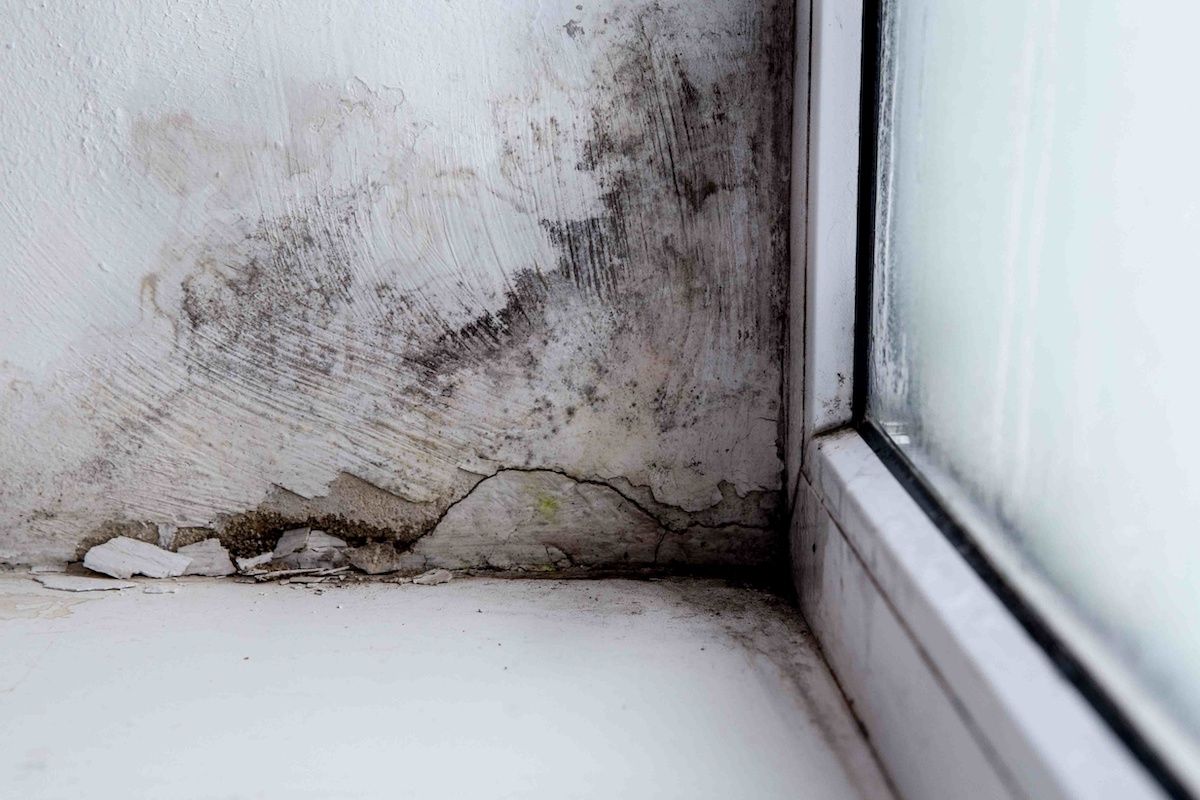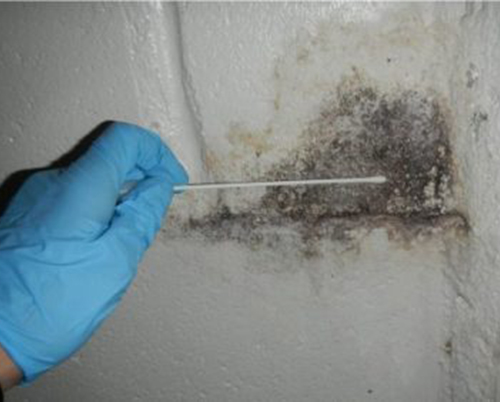Guaranteeing Post Remediation Verification Precision
Your Ultimate Overview to Post Mold Remediation Techniques
In the after-effects of mold problem, knowing how to effectively get rid of the mold and avoid its reoccurrence is paramount for keeping a healthy interior atmosphere. From choosing the best cleaning and disinfecting approaches to carrying out strategies for long-term mold and mildew prevention, each action in the removal trip plays a vital function in making sure a successful outcome.
Understanding Post-Mold Remediation Process
After completing the mold and mildew removal procedure, it is vital to comprehend the post-mold remediation strategies that are essential to make sure a detailed and effective clean-up. Once the mold and mildew has been eliminated, the following action entails cleaning and decontaminating the impacted locations to stop any type of regrowth of mold.
In addition, carrying out a final assessment post-remediation is vital to guarantee that all mold has been efficiently eliminated. This evaluation ought to entail a thorough visual check in addition to possibly air sampling to validate the lack of mold spores in the air. If the evaluation exposes any kind of sticking around mold, added removal might be essential. Lastly, informing owners on precautionary actions such as regulating moisture levels and immediately addressing any water leakages can help maintain a mold-free environment.
Efficient Cleaning Up and Sanitizing Techniques

Preventing Future Mold Growth

Significance of Appropriate Ventilation
Correct ventilation plays a crucial duty in protecting against wetness buildup, a crucial element in mold and mildew development within interior atmospheres. Reliable ventilation systems assist remove excess moisture from the air, reducing the possibilities of mold spores locating the moisture they need to sprout and spread out. Without ample air flow, interior areas can become a breeding place for mold, causing prospective health risks and architectural damage.
By making certain appropriate air circulation, air flow systems can also aid in drying out damp areas quicker after water damages or flooding incidents, additionally deterring mold growth. testing air quality after mold remediation. In rooms like bathrooms, attic rooms, cellars, and cooking areas where dampness levels tend to be greater, mounting and preserving efficient ventilation systems is important in avoiding mold and mildew problems

Monitoring and Maintenance Tips
Provided the vital function that appropriate air flow plays in protecting against mold growth, it is crucial to develop effective tracking and upkeep pointers to make certain the ongoing performance of air flow systems. Routine assessments of air flow systems need to be performed to check for any signs of obstructions, leaks, or breakdowns that can impede correct airflow. Monitoring humidity levels within the residential or commercial property is also crucial, as high humidity can contribute to mold and mildew development. Mounting a hygrometer can help track moisture levels and sharp house owners to any spikes that may require attention. Additionally, making sure that air filters are consistently cleaned or replaced is essential for keeping the effectiveness official site of the ventilation system. Applying a timetable for routine maintenance tasks, such as air duct cleansing and cooling and heating system inspections, can help useful link prevent concerns before they intensify. By remaining positive and mindful to the condition of air flow systems, homeowner can properly alleviate the threat of mold and mildew regrowth and preserve a healthy interior environment.
Final Thought
Finally, post-mold removal methods are necessary for making certain a tidy and safe atmosphere. Understanding the procedure, executing efficient cleansing and disinfecting techniques, preventing future mold development, maintaining proper air flow, and normal tracking are all essential action in the remediation procedure. By complying with these standards, you can efficiently remove mold and mildew and avoid its return, advertising a healthy living or working room for all owners.
In the consequences of mold and mildew infestation, understanding exactly how to efficiently eradicate the mold and prevent its reoccurrence is paramount for preserving a healthy interior environment. As soon as the mold and mildew has been eliminated, the next action involves cleaning and disinfecting the affected areas to avoid any type of regrowth of mold and mildew - Post Remediation verification. After eliminating visible mold and mildew development, it is crucial to clean up all surfaces in the affected area to eliminate any remaining mold and mildew spores. To even more improve mold and mildew prevention procedures, it is essential to attend to underlying concerns that initially led to mold development.Provided the essential function that appropriate air flow plays in stopping mold development, it browse around this web-site is crucial to develop efficient monitoring and maintenance suggestions to guarantee the continued functionality of air flow systems